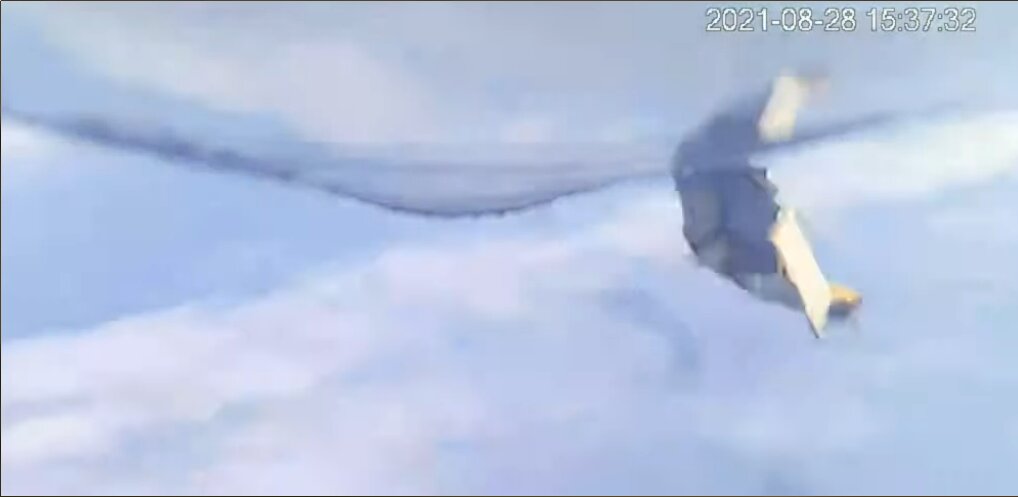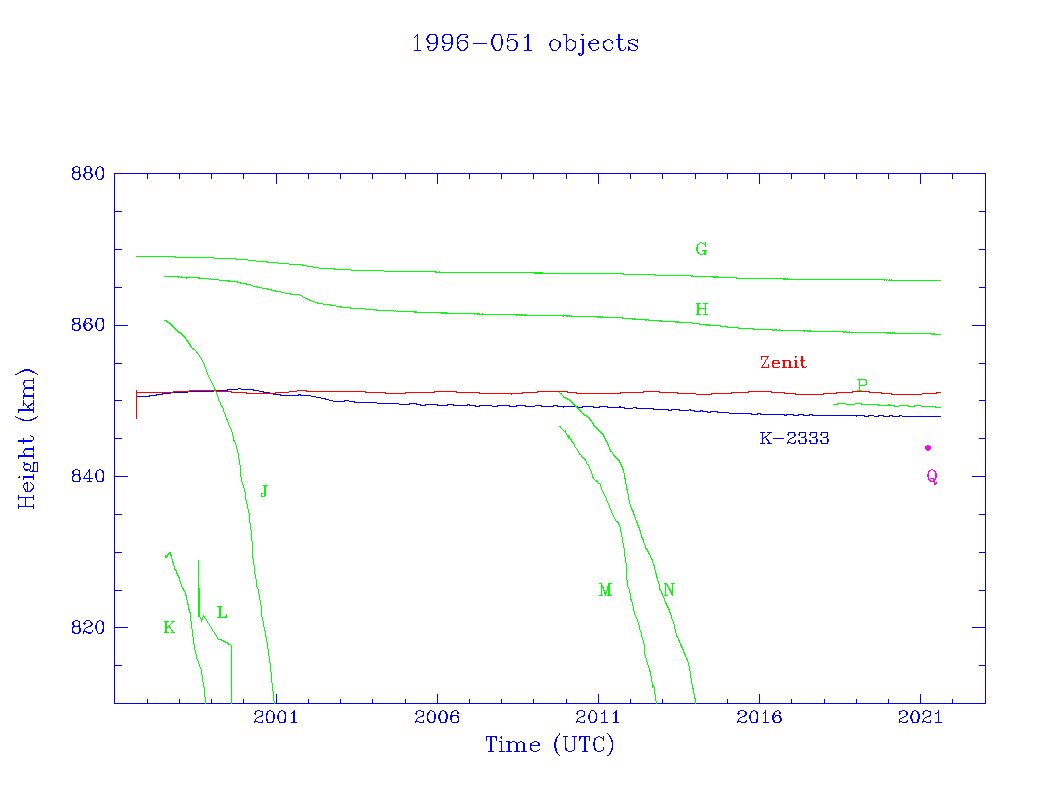
I made some fake TLEs consistent with a successful orbit for the Astra launch to illustrate its intended path SE from Kodiak: (planned orbit was 415 x 415 km x 70 deg) 

I then worked back from these to make TLEs for the actual flight based on the best estimate apogee and velocity 

These TLEs give a formal orbit of -6350 x 31 km x 64.1 deg. A couple points here: the apogee is conventionally given relative to a spherical 6378 km Earth. The actual apogee of this orbit above the surface, because of Earth's polar flatting, is 47.5 km. Also, ... 

..even though the azimuth is the same as the target orbit, the inclination is different because of the lower velocity. Orbital math is tricky!
As usual, I would caution against taking my seat-of-the-pants orbital guesses too seriously, but I'm hoping it's not terribly far off.
On the other hand, with the sideways shuffle and so on, who knows how far off track the rocket got? (Well, Kemp does, obviously, but I don't...)
I had two goals for this calculation. (1) Do my best guess for what the trajectory of LV0006 was at apogee (reasonable success, I think) and (2) keep me awake until the CRS-23 launch (abject failure. Don't think I can keep eyes open another hour...)
• • •
Missing some Tweet in this thread? You can try to
force a refresh













